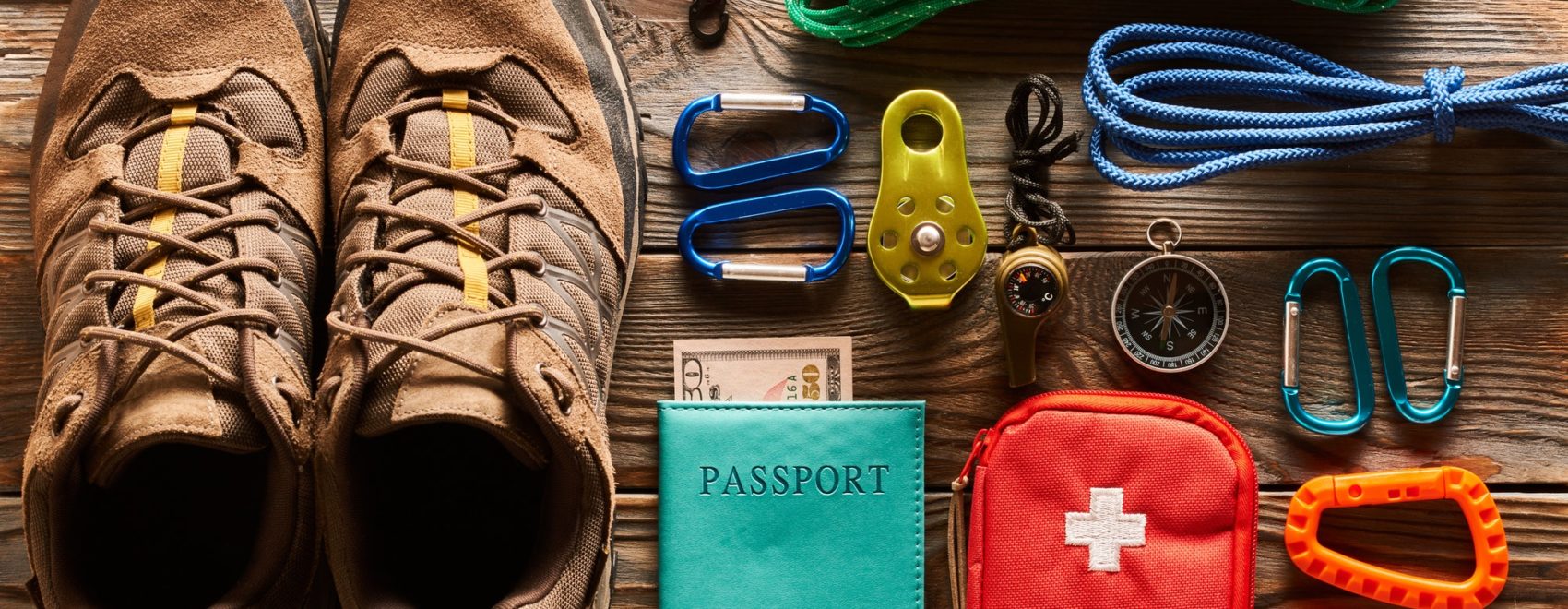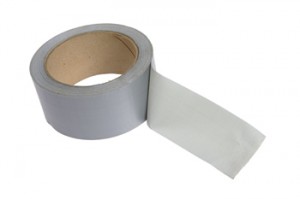If this is your first foray into the land of bug out bags, many of the items that are on the must-include list may seem bizarre, and you probably have questions about what should be in a bug out bag. After all, what is paracord, and for that matter, where do you even BUY paracord at? And what on Earth would you need a compass for when your cell has GPS? Excellent questions, and that’s what were going to talk about today.
Forget Technology and Think Multi-Purpose
There’s no doubt about it; were a society that depends upon electricity, cell phones, computers and gasoline-powered vehicles, but what happens if all of those things suddenly disappear? Don’t make the mistake of thinking that this is outside the realm of possibility. One good snowstorm, hurricane or tornado can take down power lines and cell towers, effectively eliminating all forms of technology and modern communication.
Think about what happens if you have to leave your house in a hurry and/or wont have access to electricity:
- You’ll have a maximum of 10 or 12 hours of cell phone power, assuming the cell towers are working. Then you’ll have no GPS or means to communicate.
- You’ll have no stove to cook with.
- You’ll have no lights, air conditioning or heat.
- You’ll have no hot water.
- If your local gas stations have no power, the gas pumps wont work.
- Major storms can block roads, making them inaccessible by vehicle even if you DO have gas.
These are just a few things to consider when you’re packing your bug out bag. You’ll want to have everything that you need to survive, but you’ll also have to pack it light enough so that you can carry it for a distance. Food, water, a first aid kit, shelter, a fire kit, and lighting are the bare essentials of what should be in a bug out bag. This means packing items that can be used for multiple purposes too, such as paracord and duct tape.
Paracord, also known as parachute cord, has been around since WW II, when it was used in the suspension lines US parachutes. Paratroopers discovered that it could be used for multiple purposes like stringing lines for tarp shelters, securing items to rucksacks, etc. Paracord has an elastic shell that can be removed to expose the strands inside, ranging from 4-9 strands depending on the rating listed.
The inner strands can hold anywhere from 95 550 lbs. depending on the rated strength of the cord, and it can be used as rope, emergency sutures, fishing line, shoe laces, or lashing logs together for a raft or shelter. Because its light and can be used as-is or separated into smaller strands, its a must-have for any survival kit. As a matter of fact, you can buy keychains and bracelets made from paracord that are easy to attach to your bug out bag.
Duct tape can be used to make a splint, to waterproof a shelter, to repair rips and tears in just about anything, as a butterfly bandage, or even to make a cup. Just like paracord, its light and can be made even smaller by wrapping it around a pencil instead of carrying the big roll. Duct tape is one of the best examples of what should be in a bug out bag.
Compasses come in all shapes and sizes and are an integral part of your kit because the GPS on your cell will only work as long as your phone is powered up and the towers are working. Even if your cell IS working, do you really want to waste your battery using your GPS? No. You can get 5-way tools that include such accessories as a compass, a knife, a whistle, a mirror and a dry-box.
Now that you’ve turned off your techno-mind and are thinking in survival mode, your creativity is probably in overdrive! Now is a great time to start building your bug out bag. Remember include items that can be used for more than one purpose as much as you can. Itll save space and will lighten up your bag. Now check out some of our other articles about specific BOB items.




Leave a Reply